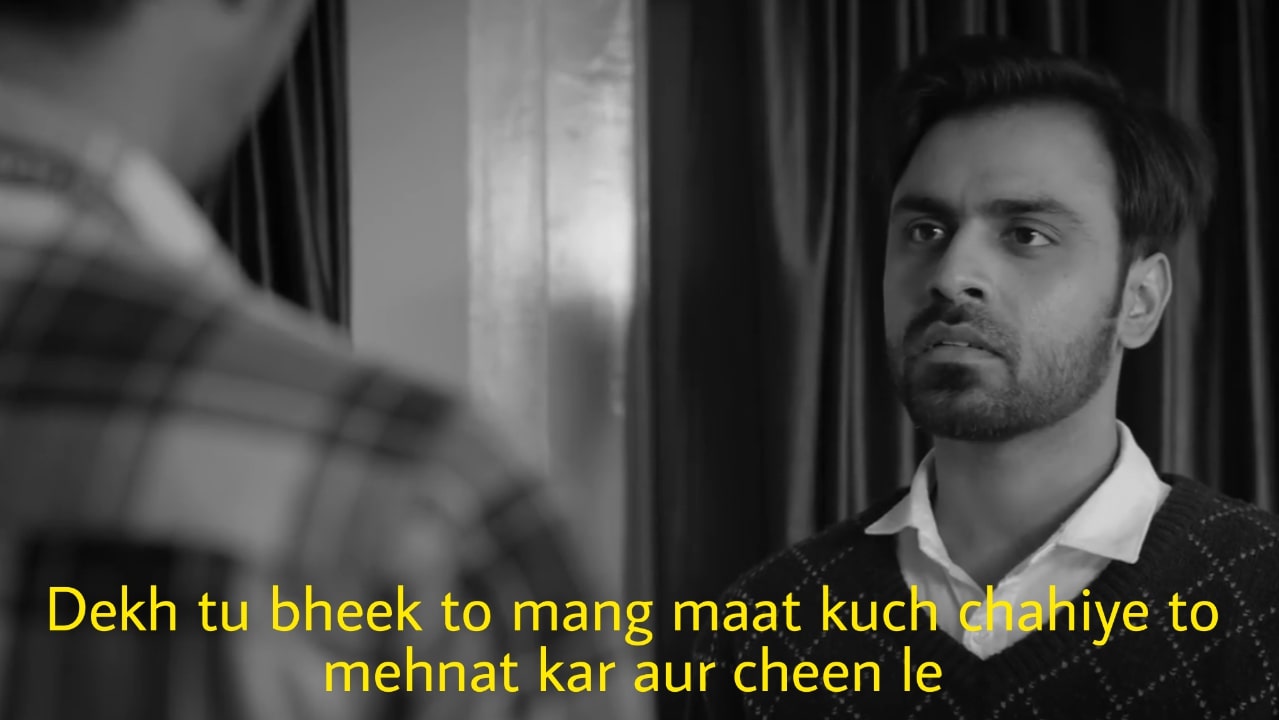
The Korean Peninsula A History Of Conflict
87 Common Korean Phrases To Survive Your First Conversation With A Native by Olly Richards Learning Korean has become more common as Korea has quickly become one of the most popular destinations in Asia, so it's no wonder you're interested in picking up some common Korean phrases.

Pin on мαн ѕє¢яєт ∂ιαяу
Listen: 감사합니다 If you have any experience with K-pop or Korean dramas, you might have heard the most common form of "thank you", 감사합니다 (kam-sa-ham-ni-da). This is the most formal form. It should be used when talking to people older than you, of a higher rank than you, or people you do not have a close relationship with.

Kamsahamnida YouTube
1 annyeonghaseyo The most common greeting when you meet someone and everyone will welcome you warmly. It is used by almost all Koreans when they see each other, and you'll sound like one of them. Drop the formalities and use "안녕" (annyeong) when you say hello to your friends!

New Kalam 2022 Hum Ne Ankho se Dekha Nahi Hai Magar Hafiz Kamran
감사합니다(Kam-sa-ham-ni-da) means "thank you" in Korean and is the standard way. You can use it to show respect to strangers, your bosses, and elderly people. Koreans also use 고맙습니다(gomabseubnida) in all formal settings, whereas고마워 (gomawo) is for casual situations. You can use the phrases 고마워요 (gomawoyo.

Kuch Samajh Nahi Aaya Par Sunke Acha Laga Meme Template Movie
감사합니다 - Kam-sa-ham-ni-da. - Thank you. This is probably the most important expression to learn during your Korean travels. Use it exactly as you would its English equivalent. Don't understand what the smiling halmeoni (grandmother) sitting next to you on the subway is saying? It's probably a compliment; smile and say thank you. 밥 먹었어요?

aneipwth istoria Kamsahamnida Ν.Κορέα
1.1.1 감사합니다 (gam sa ham ni da) 1.1.2 고맙습니다 (go map seum ni da) 1.2 "Thank You" in Korean (standard) 1.3 "Thank You" in Korean (informal) 2 How to write "thank you" in Korean 3 How to spell "thank you" in Korean 4 How to pronounce "thank you" in Korean 5 Responses to "Thank You" in Korean 6 How to say "Thank you for the food" in Korean
Kamsahamnida! 🥺 buildurluve buildjakapan buildjakapanputtha b
감사합니다 (kam-sa-ham-ni-da)! Meaning: Thank you! Sometimes the 'k' at the beginning can be pronounced as a g, though either way you will be understood. Whenever you're using this, especially if you're handing something to someone, make sure you use two hands or support one arm with the other. It's the most polite way to pass an.

Dekh tu bheek to maang maat kuch chahiye to mehnat kar aur cheen le
Although not always perfectly natural, kam-sa-ham-ni-da (감사합니다) will always work and won't confuse (nor insult!) anyone. The dictionary forms of these words are as follow: kamsahamnida (감사합니다) - kamsahada (감사하다) komapseumnida (고맙습니다) - komapda (고맙다) kamsahamnida (감사합니다) This is the most common way to say thank you.

Kamsahamnida YouTube
감사합니다 — Kam-sa-ham-ni-da (Thank you) There are three things that will help you make friends in Korea: manners, manners, and manners. Every time you ask for a favor or place an order in a café, make sure you thank your interlocutors with a big smile. Above all, you better not use Korean words like 주세요 — "Ju-se-yo", which.

Kamsahamnida (Live) Lyrics Genius Lyrics
Kam-sa-hap-ni-da ( 감사합니다) means 'thank you' in Korean. It's also a formal way to say 'thank you'. If you're dining with people you know very well you would probably use the word ko-map-sup-ni-da ( 고맙습니다) instead. Ko-map-sup-ni-da ( 고맙습니다) is a less formal way to say thank you in Korean.

Tìm hiểu kam sa ham ni ta là gì và ý nghĩa của câu nói trong đời sống
Common expressions are "kam-sa-ham-ni-da" - thank you very much, "yeh" - yes, and "ah-nee-yo" - no. Khmer (Cambodian) The Khmer language is spoken by tens of millions of people in Cambodia and Surin Province of Thailand. When Cambodians answer the phone, they say "Sua s'de."

Pin on ♡Dil ki baat shayari se♡
Useful expression! Now you can say thank you in Korean ! 🙏🏼🇰🇷감사합니다 gam sa ham ni da - thank you in formal way고마워 go ma wa - thank you in informal way( bu.

hum na ankho sa dakha ni ha magar iqbalerights nattan viral
Thank you: Kam-sa-ham-ni-da A formal way to express gratitude, particularly suitable for interactions with strangers. Please: Ju-se-yo While there is no direct translation for 'please' in Korean, using this phrase adds politeness when ordering food or asking for directions. Image credit: zequn gui/Unsplash Excuse me: Jam-shi-man-yo

"Kamsahamnida"😭 🏻 kinnporschetheseries thaibl vegaspete
감사합니다 (Kam-sa-ham-ni-da) means "thank you" in Korean and is the standard way. You can use it to show respect to strangers, elderly people, and your boss at work. Koreans also use 고맙습니다 (gomabseubnida) in all formal settings, whereas고마워 (gomawo) is casual which can be used with friends, siblings as well as those younger than you.

Yeh kya bawasir bana diye ho Memes Funny Faces, Some Funny Jokes, Funny
1. 안녕하세요! Hello! Pronunciation: An-nyeong-ha-se-yo "An-nyeong-ha-se-yo" is the first phrase that learners always learn. A super common Korean greeting. This phrase can be used in a generalized setting; elderly, older people, and people you meet for the first time.

Beauty Blogger Indonesia by Lee Via Han KEB Dimataku Saengil Chu Ka
Thank you: Kam-sa-ham-ni-da A formal way to express gratitude, particularly suitable for interactions with strangers. Please: Ju-se-yo While there is no direct translation for 'please' in Korean, using this phrase adds politeness when ordering food or asking for directions. Image credit: zequn gui/Unsplash Excuse me: Jam-shi-man-yo